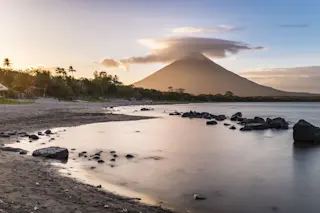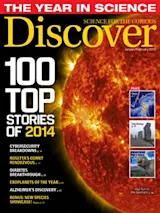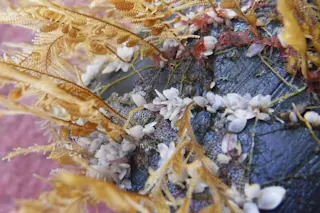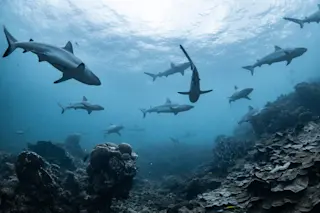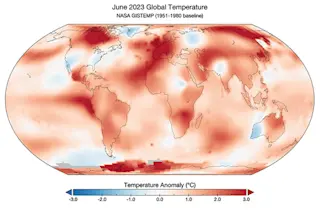A century ago, Panama beat out Nicaragua to snag one of the biggest engineering projects of the age: a U.S.-backed canal that would link the Atlantic and Pacific oceans, creating a shorter trade route between East and West. In 2014 — the 100th anniversary of the Panama Canal’s completion — Nicaragua made plans for its own interoceanic linkage, which would be triple the length of Panama’s. If completed, the project could break Panama’s long-standing monopoly on the shipping trade in the region — but at a severe ecological price.
The 175-mile-long canal, which was set to break ground in December, would cut a 1,700-foot-wide swath through two nature reserves, home to rare cloud forests and several endangered species of amphibians, birds and mammals. Designed to serve modern ships with larger hulls, the 90-foot-deep canal also would require dredging 65 miles across Lake Nicaragua, Central America’s largest lake and a key ...


